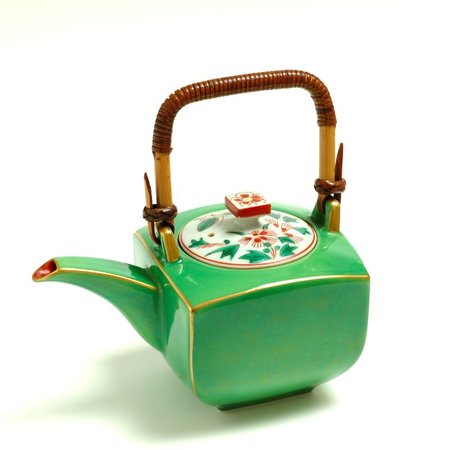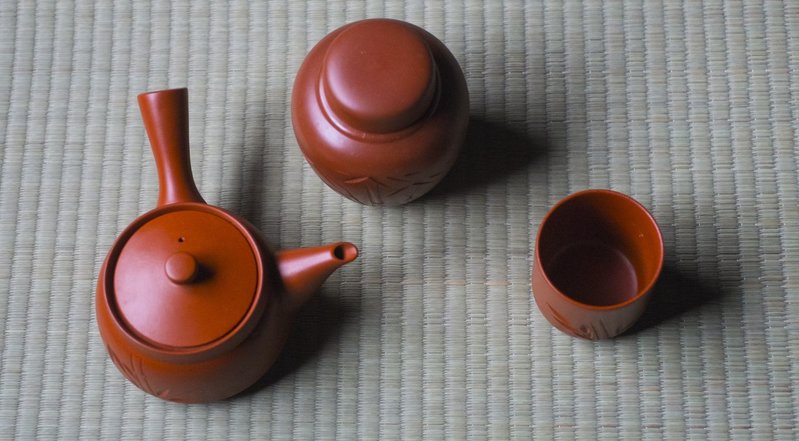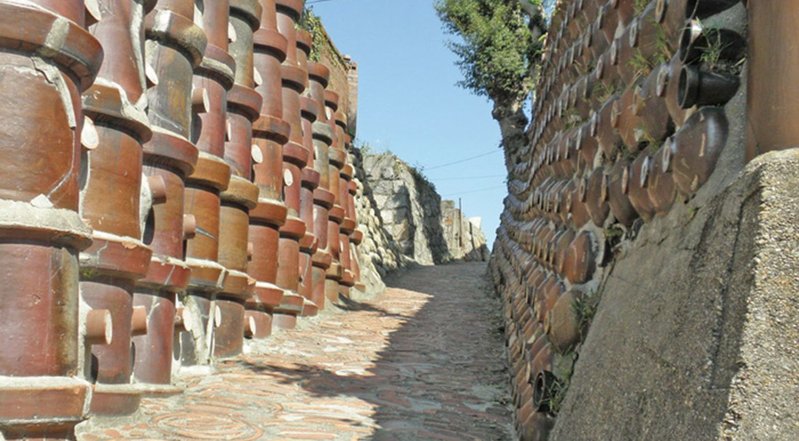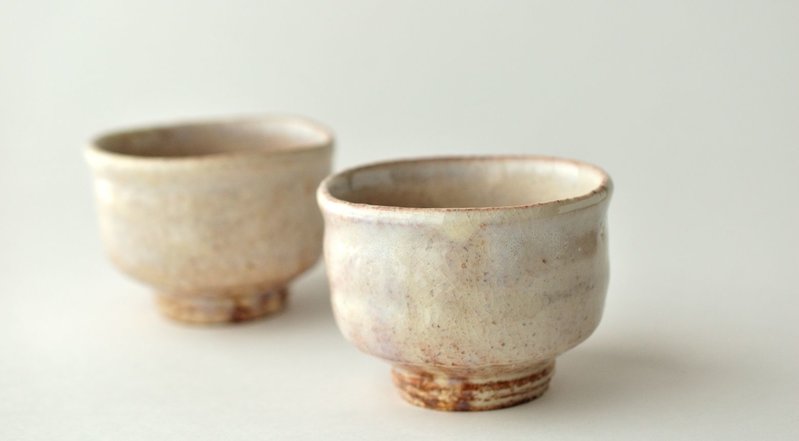As one of Japan’s most famous and recognisable art forms, the history of Japanese pottery extends far into the past, dating back to as far as the Jōmon period (around 13,000 – 300 BC) when earthenware was first conceived. Almost every prefecture in Japan has their ceramic style, from organic, earthy clay bowls to white porcelain of high decorative quality.
From ancient Japanese pottery kilns to famous ceramic production areas, here are six of Japan’s most notable ceramic styles.
1. Echizen ware

Echizen ware. (Photo from: ©Fukui Prefectural Tourism Federation)
As one of the six ancient Japanese pottery kilns in Japan, Echizen ware, or Echizen-yaki (越前焼) comes from Echizen town in Fukui Prefecture, and dates back over 850 years to the Heian period (794-1185). It is unique in that it is fired without using enamel, with resulting pieces taking on simple textures, and its appeal comes in its natural glaze coming from firewood ash covering and dissolving into the pieces while baked at a high temperature, resulting in earthenware that is a mix between porcelain and pottery, known as yakishime.
2. Arita/Imari ware
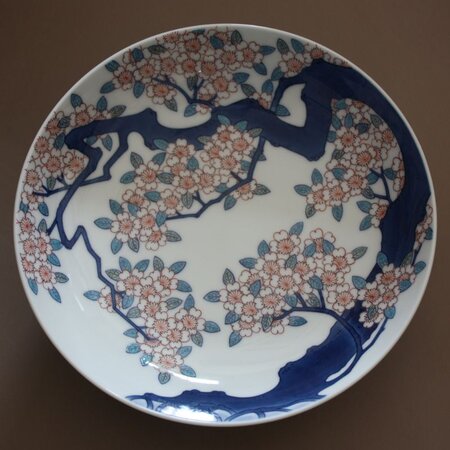
Imari ware. (Photo from: ©Kyushu Tourism Organization)
Arita/Imari ware, also known either as Arita-yaki (有田焼) or Imari-yaki (伊万里焼), hails from Arita Town and Imari Town in Saga Prefecture respectively. The ceramics that hail from these two towns are both light and delicate, with outstanding durability and possess a smooth, delicate texture. They consist of a distinctive colour scheme of indigo blue that is brought to life on white porcelain with an asbolite dye, and a vibrant red paint with pigments used as an on-glaze decoration and is a characteristic of Arita/Imari ware. Oftentimes, yellow, green and gold colours are also used as part of the decorations.
Arita/Imari ware can be found at museums and palaces around the world, and there’s even an Arita Ware Market held every spring and autumn which attracts nearly 1.22 million people.
3. Bizen ware
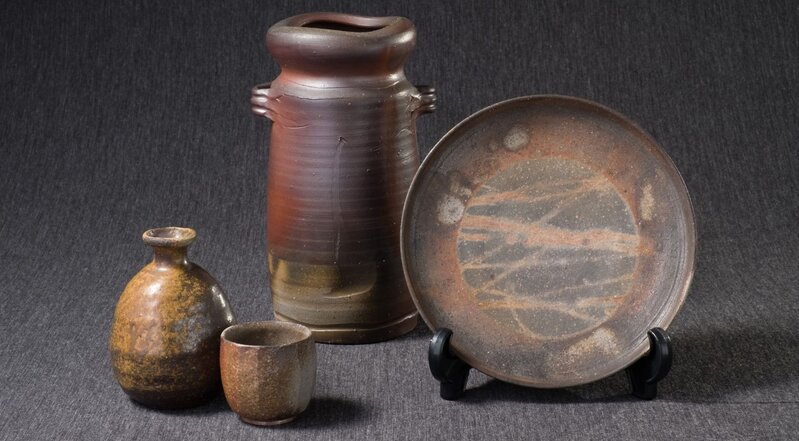
Bizen ware. (Photo from: ©Okayama Prefectural Tourism Federation)


